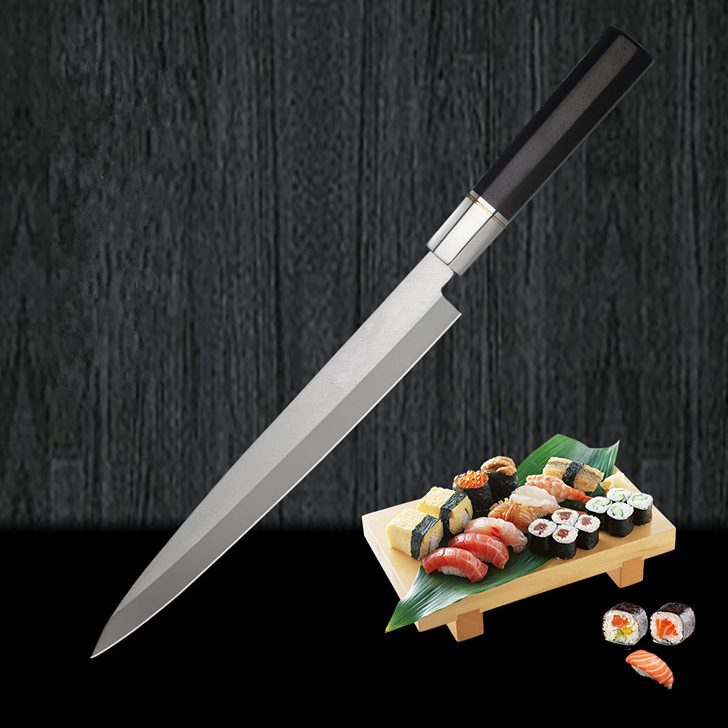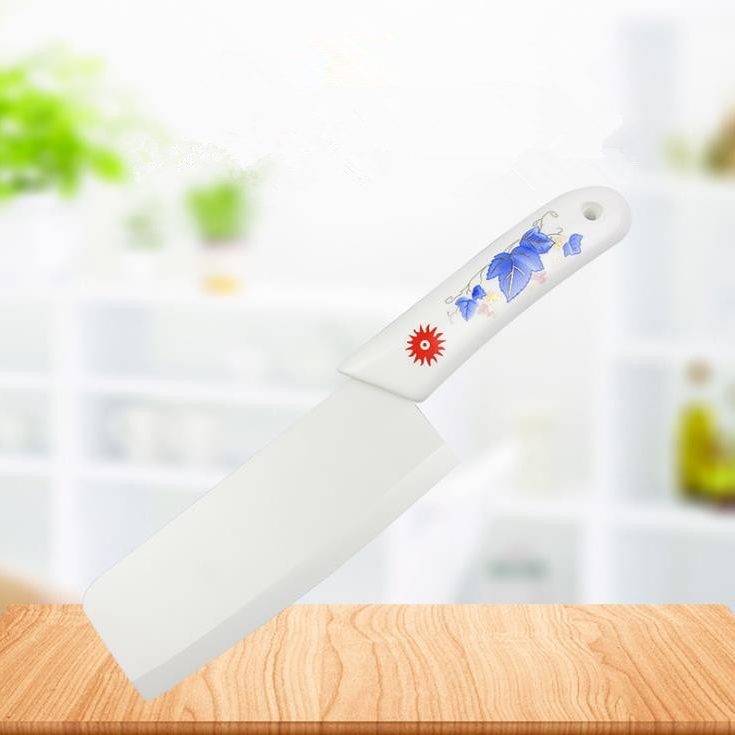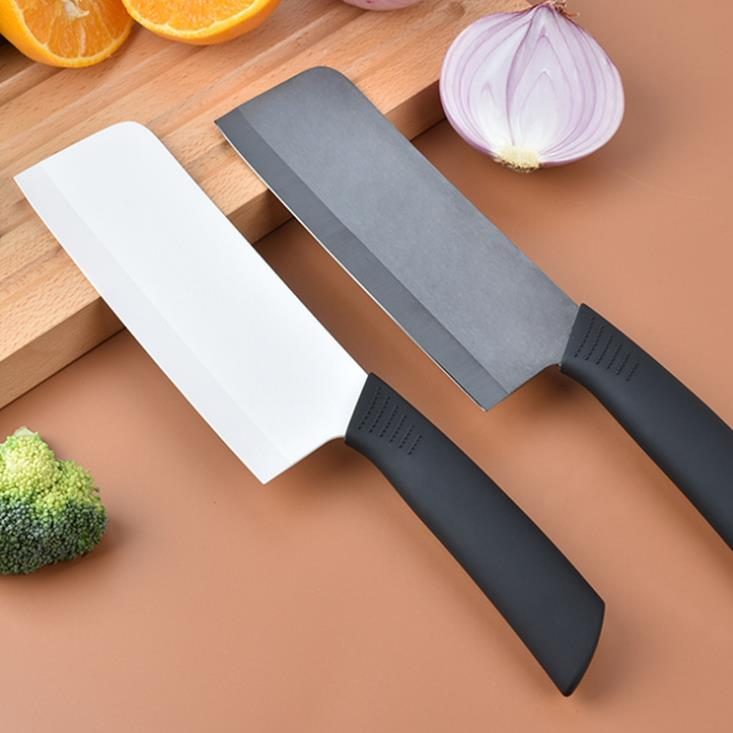What is a ceramic knife
Ceramic knives are mostly processed from a nanomaterial “zirconia”. The zirconia + alumina powder was pressed into a mold with a weight of 300 tons and pressed into a mold, sintered at 2000 ° C, and then polished with diamond and fitted with a shank to make a finished ceramic knife.
The ceramic blade is a new type of blade made of high-tech nanotechnology. The sharpness is more than ten times that of the steel knife. Therefore, the ceramic knife has the characteristics of high hardness, high density, high-temperature resistance, anti-magnetization, and oxidation resistance.
Ceramic knives are developed using high-precision ceramics, so they are called ceramic knives. The ceramic knife is known as the “noble knife”. As a product of modern high-tech, it has the advantages unmatched by traditional metal cutters. It uses high-tech nano-zirconia as raw material, so the ceramic knife is also called “zirconium jewel”, its elegance and luxury. It can be seen.
Characteristics
Ceramic knives have the advantages of wear resistance, high density, high hardness, no pores, no dirt, no metal casting, no rust, no food, no trace of food, light and thin, easy to cut, easy to clean, etc. It has many characteristics that metal tools cannot replace.
The ceramic knife has a Mohs hardness of 9, which is second only to the world’s hardest material, diamond (Mohs hardness is 10), so it does not fall to the ground, does not hit by an external force, does not smash or cut, as long as it is used. In the case of the case, there is no need to sharpen the knife permanently. Based on security considerations, manufacturers generally mix the metal powder in the blade so that metal detectors can detect ceramic knives.
However, ceramic knives are not suitable for cooking foods that need to be cut and simmered. Therefore, in addition to hard foods such as bones, coarse fish squid and frozen meat, ceramic knives are not suitable. Others such as green vegetables, fruit pulp, sashimi, and bamboo shoots (not Non-hard foods such as shells, meat, seafood, shell-free shellfish, etc. can be used. The traditional metal-casting knives have a lot of pores on the surface, so the soup will remain in the pores when cooking the ingredients, and the metal cutter will have a trace amount of metal elements when cooking the ingredients to form an odor or a metallic taste; The density of the ceramic knives is quite high, so the surface is free of pores and the ceramic material is developed, and there is no odor or metallic taste.
In addition, the hardness of the ceramic knives is very high, and the manufacturing process has been greatly improved. The ceramic knives can withstand certain impacts, but care must be taken when using them to prevent the sharp and thin edges from cracking. The sharpness of the ceramic knife is also ten times more than that of the steel knife. It is very sharp and should be used safely to avoid contact with children.
Precautions
1.Ceramic knives should be used with wood, bamboo, and other cutting boards. It is better to use with antibacterial cutting boards but should be avoided on stone cutting boards. Do not expose it to high temperatures. Do not use a high-temperature disinfection cupboard for disinfection (the handle is not resistant to high temperatures).
2.Ceramic knives are second only to diamonds due to their special properties. Therefore, do not use them as trowels when handling food, and avoid heavy falls or external impacts to prevent the blade from falling, so as not to cause the ceramic blade to be cornered or broken. Ceramic knives can be used for cutting, cutting, etc., but not for cutting, smashing, smashing, and slashing. It is especially not used for chopping bones and cutting frozen foods.
3.After the tool is used up, it can be cleaned with water and detergent. After it has been cleaned and dried naturally, it can be placed on the tool holder or stored in the toolbox.
4.The blade itself is sharp and easy to cut and should be handled with great care. Be careful not to let children touch it to avoid misuse.























